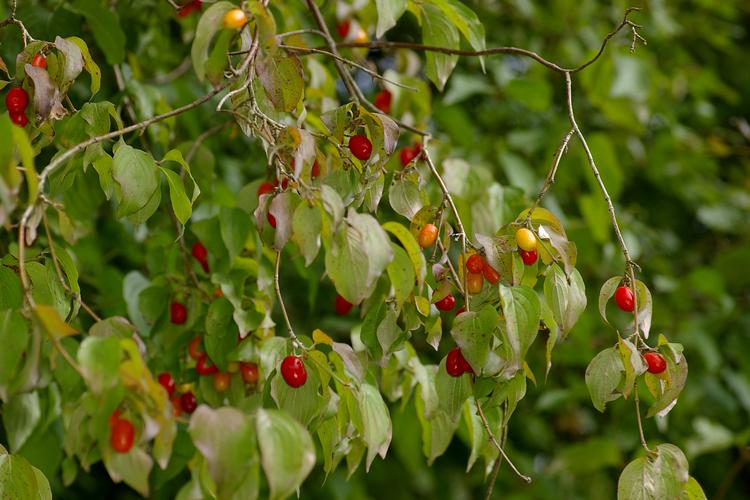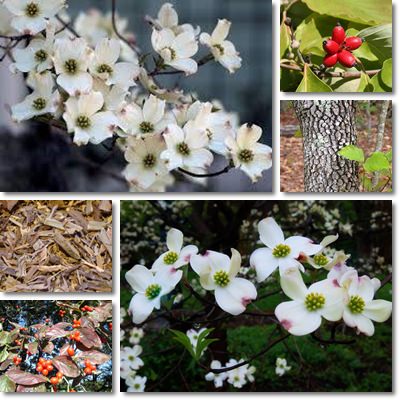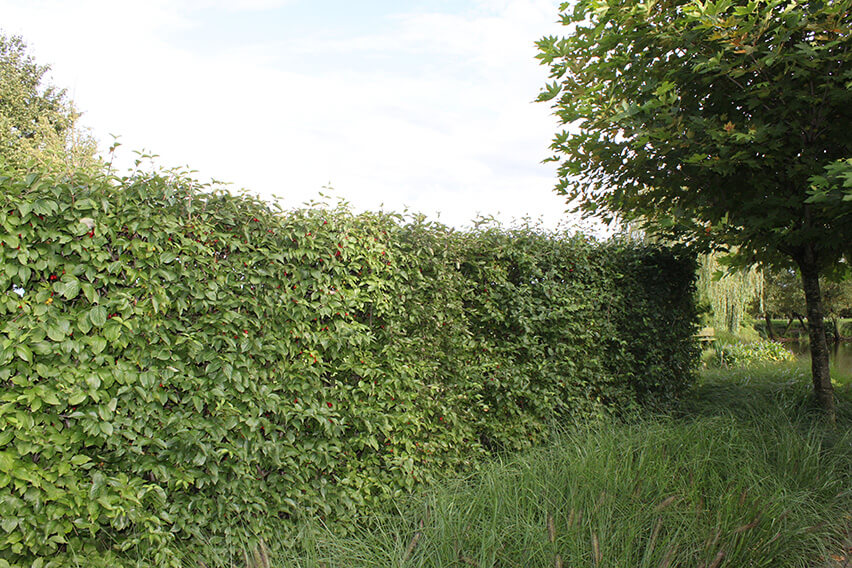

It is shown that anthocyanins present in Cornus mas, are delphinidin 3-O-β-galactopyranoside (I), cyanidin 3-O-β-galactopyranoside (II), and pelargonidin 3-O-β-galactopyranoside (III) (13-15). In Iran, Cornus mas grows in Arasbaran (East Azerbaijan, Iran) and its antioxidant capacity, total anthocyanins, total phenols, ascorbic acid, and total flavonoids of several selected cornelian cherry genotypes have been investigated (12). Cornus mas or cornelian cherry is a bear edible fruit that is native to Southern Europe and Southwestern Asia.

Several studies indicated that some berries such as cranberry, contain anthocyanins, as an effective anti-cystitis component, so can treat UTI (9-11). So there is an extreme interest to find a suitable herbal medicine component that can take the place of antibiotics in UTI treatment (8). It can be considered especially for trimethoprim (alone and in combination with sulfamethoxazole) and fluoroquinolones with resistance rates of 15–45% and 10–20%, respectively (7). coli resistance to the antibiotic that can consequence in chronic untreated cystitis.

Several antibiotics such as nitrofurantoin, trimethoprim-sulfamethoxazole, and fluoroquinolones are considered for the treatment of UTI (3, 6). Some risk factors increase the risk of UTI and interstitial cystitides like kidney stones and urogenital malignancies (3-5). Escherichia coli (E.coli) is the most common uropathogenic (80%) isolated in acute urinary tract infections (2). Urinary tract infections (UTIs) are common bacterial infections (1). Urinary tract infection (UTI) usually requires antibiotics for treatment and occasionally herbal medicine.The Cornus mas has anti-inflammatory effects on the bladder.The Cornus mas extract can be a gifted potential substitute for antibiotics in treating UTI in rat models.Clinical, laboratory, and pathologic results proposed that the Cornus mas extract effects in treating UTI are not inferior to that of nitrofurantoin.Ĭonclusion: In addition to its anti-inflammatory effects, Cornu's mas extract can be a gifted potential substitute for antibiotics in treating UTI in rat models. A comparison of the results between the control group and the other three groups confirmed the development of UTI in the rat model. Results: Actually, UTI indicators were resolved after treatment in both treated groups (nitrofurantoin and case II). After seven days of treatment, the UTI indicators like fever, microscopic analysis of urine, and pathological examination of the bladder were investigated. Methods: After inducing UTI in 18 Wistar rats, they were sub-grouped into three groups: control group, nitrofurantoin treated group (case I) and Cornus mas treated group (case II). This study aims to evaluate the effect of Cornu's mas extract in treating UTI in rat models. Cornus mas which is native to Southern Europe and Southwestern Asia is also rich in anthocyanin but its effect on UTI has been not yet studied. Several studies have confirmed the prophylactic and also therapeutic effects of a variety of anthocyanin-containing berries for UTIs. So, developing some alternative medication strategies such as herbal medicine is an extreme need. But the antibiotic resistance is always a serious concern. Introduction: Urinary tract infection (UTI) is a common bacterial infection and usually requires antibiotics for treatment.


 0 kommentar(er)
0 kommentar(er)
